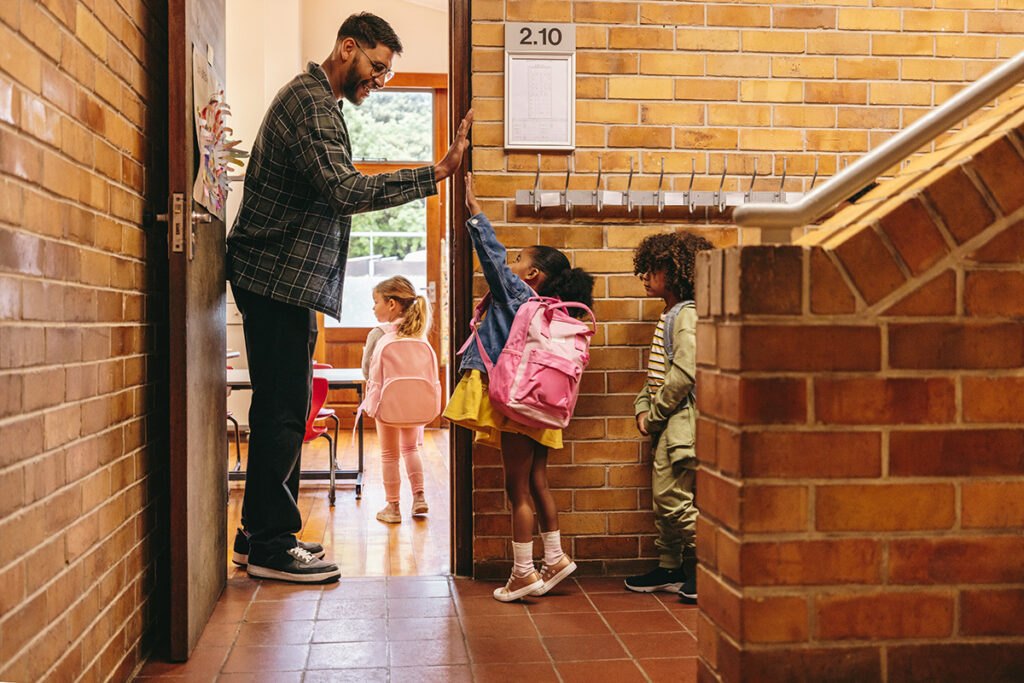Beyond the Classroom: How Teachers Can Shop On a Budget for Classroom Supplies
It’s no secret that teachers nationwide often use their own money to buy classroom supplies to help them do their job and ensure their students learn effectively. And we know those supplies must last throughout the school year to stay on track with the curriculum.
The National Education Association released an article speaking to the depths teachers go to stock their classrooms and the possible effect it can have on their retention and recruitment:

- Over 90 percent of teachers spend money on school supplies and other items their students need to succeed.
- Just before the pandemic, educators, on average, spent around $500 of their own money on classroom supplies for the year. That number is expected to be considerably higher this year.
- Under-resourced schools and the unstated expectation that educators will use personal resources on supplies and equipment drive educators away from the profession.
Beyond Finance understands that teachers spend nearly as much as parents when the school year rolls around. That’s why we want to share some helpful tips for budgeting as the school year gets into full swing.
Keep Those Receipts

As teachers, did you know you can get some of those personal expenses back in taxes? Be sure to speak with your tax advisor to see if any of your purchases fall within the guidelines stated by the IRS.
According to the IRS, “If you’re an eligible educator, you can deduct up to $300 of unreimbursed trade or business expenses. Qualified expenses are amounts you paid or incurred for participation in professional development courses, books, supplies, computer equipment (including related software and services), other equipment, and supplementary materials you use in the classroom.”
Teacher Appreciation
To help stretch your budget, specific retailers have created discounts just for teachers that are available year-round. Take advantage of those and other sites offering free teacher resources and curricula like We Are Teachers. Some preferred organizations that provide cost-effective solutions are:
Create a Wish List

Asking for help can be challenging, but creating a wish list or classroom registry is a great way to get others involved. Don’t just include the classroom parents. Share your list or registries on social media as well. You would be shocked at how much friends and even strangers will help build your classroom inventory.
Try posting it a month before school starts or when the stores on your lists have sales. Using a site like MyRegistry is a great resource because it will show multiple stores that carry the item you may be looking for and help people compare prices and availability. Even if a person can’t contribute much, they may find a gift that is within their budget.
Be Specific
Teachers sometimes work with their colleagues in their grade level to develop “team wish lists.” Personal wish lists usually request “wants” for the classroom instead of collective wish lists, which focus on “needs” for the grade.
For example, instead of a traditional paper wish list giving parents access to class or grade, Amazon or MyRegistry lists help suggest those needs and exact quantities for all students.
Repurpose Your Work

Templates for classroom documents can be shared with other teachers to save costs. Original ideas can also be used to make money or gain compensation by selling templates online or bartering with each other to use proven skills and knowledge. Sites like Etsy and Teachers Pay Teachers provide downloadable content to teachers everywhere with just a few clicks.
Teachers in any grade strive–and sometimes struggle–to start the school year prepared with a stocked classroom. Going into debt or spending over your budget isn’t necessary. As the saying goes, “It takes a village” to succeed, and teachers do not have to do it alone.
